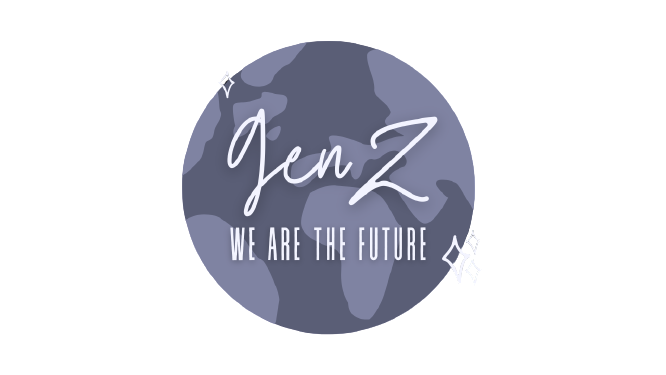A Brief History of Cultural Appropriation
Many have heard about cultural appropriation, but have little idea what it alludes to. It’s more complicated than eating food from other cultures; it’s usually done with no respect or regard to the groups’ history, experience, and traditions. Cultural appropriation is when those from a dominant culture exploit aspects of another culture without permission and consent. Many examples of this can be seen in pop culture, but it has deep roots in racism, imperialism, and discrimination. It is important to recognize it in mainstream media and understand that “borrowing” from other cultures in an ignorant way might be cultural appropriation.
Cultural appropriation is not a new phenomenon, it’s deeply linked with the history of colonization, imperialism, and white supremacy. The term itself was coined sometime in the 1980s. It popped up in discussions about Western colonialism and how it affected the relationships between European-descended cultures and other global cultures. The idea of cultural appropriation had taken shape well before anyone created a term for it. In his 1976 book titled Some General Observations on the Concept of Cultural Colonialism, Kenneth Coutts-Smith explored the idea of “class appropriation” and “cultural colonialism” and their intersection without using any term to describe it.
Unfortunately, examples of cultural appropriation can be seen for as long as there were cultures to appropriate. In the 1950s, White musicians appropriated the music that Black musicians invented, such as the “sound” of Black musicians. This resulted in music like rock-n-roll largely being associated with White people, and its Black pioneers receiving little to no credit. Similarly, many questioned whether it was appropriate for Canadian singer Justin Bieber to wear dreadlocks. Buddhist tattoos and aspects of religious temples being used as decorations are examples of cultural appropriation.
Cultural appropriation in the fashion industry is a whole other can of worms. In 2012, Victoria’s Secret sent a White model down the runway wearing a Native American headdress. The headdress was “inspired” by a culture that has historically been demeaned and discriminated against; they commercialized it through a filter of “whiteness” for mass appeal. Gucci is also guilty of cultural appropriation, as in 2018 it had a majority of white models walk down the runway wearing clothes such as a bindi, hijabs, turbans, and a headpiece designed to look like Chinese architecture. In July 2020, Shien sold Islamic pray rugs and a necklace with the swastika symbol on their website.
Cultural appropriation is a concern for a variety of reasons.“Borrowing” aspects of a culture to make money off it is simply exploitative; it robs oppressed groups of the credit they deserve and often the capital owed to them as well. As a result, the dominant group is deemed innovative and edgy, while the disadvantaged groups they “borrow” from face negative stereotypes. Art and music forms that originated with oppressed groups that come to be associated with members of the dominant group strip away the culture behind it and turn it into simple entertainment. Refusing to acknowledge the history and traditions behind any aspects of a culture while profiting off that same culture is inherently problematic.
Dior received backlash after using Native American imagery for their “Sauvage” performance.
Moody-Ramirez, director of American studies at Baylor University, said in a 2019 Washington Post article, “If you’re White, before putting on a Native American headdress or rocking cornrows or dreadlocks, ask yourself three things. “Does the culture you’re imitating have a history of oppression? Are you benefiting from borrowing from the culture? Are you able to remove something when you get tired of it and return to a privileged culture when others can’t?” Even if one thinks that their actions are harmless, the cumulative effect of others who think the same way is disastrous. In the long term, there is a devastating mental and emotional effect on the people who become collateral damage when the people of the dominant culture are having fun.
Globalization has spread different cultures all over the world, but there’s a difference between showing one’s appreciation for another culture and exploiting it. When those who aren’t Irish celebrate St. Patrick’s Day by marching in the parade, it’s different from a White person wearing blackface on Halloween. One is celebrating a holiday that originated with a once-subjugated group that is now on an equal footing with the dominant one. On the other hand, blackface goes back to a custom historically used to denigrate Black people, and the use of it by White people reinforces the inequities that persist between the races. Society has yet to move completely beyond cultural appropriation in everyday life, and insensitivity to marginalized groups’ historical and current sufferings remains apparent today.
SOURCES:
"Cultural Appropriation: When ‘Borrowing’ Becomes Exploitation," Olufunmilayo Arewa/Huff Post
"A Guide to Understanding and Avoiding Cultural Appropriation"/ThoughtCo
"This Is Exactly What Cultural Appropriation Means," Jeremy Helligar/Readers Digest
"Cultural Appropriation in Fashion Industry"/ 劭任
"Opinion: Shein Must Stop Its Cultural Appropriation," Sindhuja Gudur/Through Teen Lenses
IMAGES:
How To Prevent Your Company From Cultural Appropriation [Forbes]
